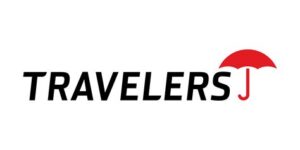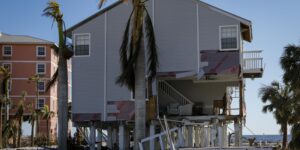On Monday, EQECAT announced the release of version 14 of its catastrophe risk modeling platform RQE (Risk Quantification & Engineering), with updates to several country/peril models in addition to financial model, work flow, and integration changes.
Among the model country/model updates in Version 14 are revisions to the North Atlantic Hurricane Model, the Euroflood model and U.S. Earthquake Workers Compensation Model, EQECAT said.
- For the North Atlantic Hurricane Model, one of the changes is that the probabilistic hurricane database was regenerated to be consistent with the National Hurricane Center’s HURDAT data set as of May 14, 2012.
- For Euroflood, users now have the option to exclude areas that are modeled as flooding more often than once in 10 years from aggregate import, EQECAT said, noting that many German flood policies exclude properties in the highly floodable Zürs zones.
- For earthquake, EQECAT said that workers compensation has been added as a new sub-peril for U.S. Quake in RQE v. 14.
RQE version 13 was released on Jan. 31, 2013, replacing the prior EQECAT platform, WORLDCATenterprise.
EQECAT representatives called RQE the “largest catastrophe platform update in the history of catastrophe models” at its prerelease events last year. RQE was the result of three-year reinvestment in the EQECAT’s platform, representatives said, explaining that every one of 180 models in 90 countries was updated in some way for the RQE launch.
Another key feature that RQE version 13 introduced was the use of 300,000 years of simulations of catastrophic losses in RQE’s “Year Loss Tables”—doubling the number available under WORLDCATenterprise—with the YLT database providing a year-by-year breakdown of the 300,000-year simulation.
Version 13 also introduced a four-tier financial model, replacing WORLDCATenterprise’s previous data hierarchy of only two tiers—for policies and sites covered under the policies. Added tiers are an account level above the policy level (capturing multiple policies within in an account) and a structure level below
Financial model updates in RQE v. 14 include:
• A day stamp is applied to each occurrence of each event in the Year Loss Table (YLT), which enables the modeling of insurance conditions based on seasonality.
• YLT reporting by line of business and user-defined category allows for subsequent aggregation and financial analysis for complex reinsurance arrangements.
• The Portfolio Aggregator, enabling the combination of YLT result sets to determine their aggregate loss.
This allows reinsurance treaty structures to be applied to the aggregate loss and produce two new result sets—the treaty recoveries and the loss net of treaty, EQECAT said.
Source: EQECAT




















 That Insurance Talent Crisis? It’s a Global Knowledge Opportunity
That Insurance Talent Crisis? It’s a Global Knowledge Opportunity  Triple-I: Insurance Economic Drivers Outperform Overall U.S. GDP
Triple-I: Insurance Economic Drivers Outperform Overall U.S. GDP  Florida Gets 8 New P/C Carriers After Insurance Market Reforms
Florida Gets 8 New P/C Carriers After Insurance Market Reforms 